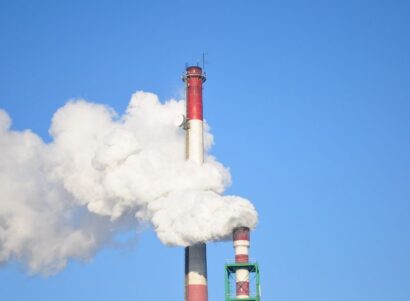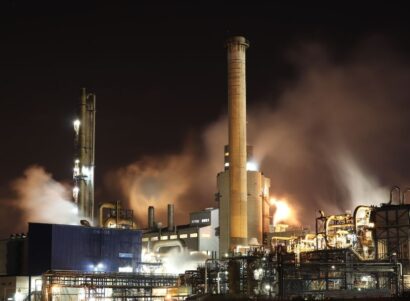Overview
Over 40 million American households use natural gas stoves to cook. In a peer-reviewed study published in the journal Environmental Science and Technology, researchers from PSE Healthy Energy and Stanford University quantified the rate at which natural gas stoves leak methane, a powerful greenhouse gas, and nitrogen oxides, a well-understood respiratory irritant.
The researchers measured 53 natural gas stoves throughout California and took samples during all phases of stove use: when the burners were off, when the burners were lit, and during the process of turning the burners on and off.
Their findings indicate that natural gas stoves emit 0.8−1.3 percent of the gas they use as unburned methane. At this rate, the researchers estimate that yearly leaks from all natural gas stoves in the U.S. have the equivalent climate impact as the annual carbon dioxide emissions from 500,000 passenger cars. Based on these findings, the researchers estimated that methane emissions from natural gas stoves are substantially underestimated in current U.S. Environmental Protection Agency (EPA) emissions inventories.
Key Findings
- Natural gas stoves emit up to 1.3 percent of the gas they use as unburned methane, notably with over three-quarters of methane emissions occurring when a stove is turned off.
- Emissions of health-damaging air pollutants, such as nitrogen oxides, are directly related to the use of the gas stove.
- Over the course of one year, leaks from gas stoves in the U.S. have a climate impact comparable to the carbon dioxide emissions from roughly 500,000 passenger vehicles.
- Simply igniting a burner releases the same amount of methane gas that would be expected during 10 minutes of burner use.
- In homes with poor ventilation, small kitchens, or without the use of range hoods, using the cooktop or oven can cause concentrations of nitrogen dioxide to surpass the EPA’s outdoor guidelines for one-hour exposure within several minutes. There are currently no indoor air quality standards.

 Peer-Reviewed Study
Peer-Reviewed Study






